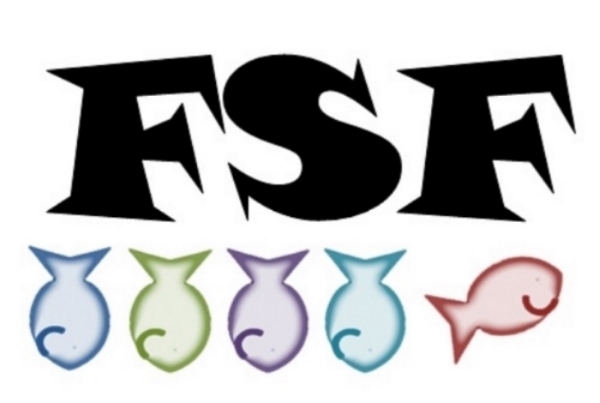Where we left off last week was the tale of Vailisa who used her magic doll and her own savvy to trick the famed Russian witch Baba Yaga.
Blame It on the Victorians: Alexander Nikolayevich Afanasyev who famously recorded these tales in the mid-1800s liked to mix some social commentary in with the traditional tales. One of his books which focused on Christian-based folktales was banned for contradicting the official word of the church. He was a part of the academic circles in Russia who studied “liberalism” and philosophers who wished to keep Russian heritage seperate from ‘western” culture, while still keep rulers from being dictators. Okay, so I think I made that sound more complicated than it is. Just think of it as yay to Russian history and culture, boo to oppression of the common people. This could be why his collection included so many of these tales of clever young women like Vasilisa. Mostly, he saw stories like Vasilisa the Beautiful as metaphors for light triumphing darkness (darkness interestingly being the step-family not Baba Yaga). Still, as stated in another blog, his collections were not the best sellers that the later Grimm and Lang collections were.
Enter Edith Hodgetts. In 1890, Russian born, but English bred Hodgetts wrote her own collection of Russian folktales called Tales and Legends from the Land of the Tzar. Many of the stories are the same ones Afanasyev wrote down, but her claim was that nannies and servants told her these tales. This is probably true as her book was not a direct translation of his work, being much shorter. Still, her book sold. Where no one in England ever bothered to fully translate his work into English as they’d done with the Grimm Brothers, her work was already in English. So, this was the country’s introduction to Vasilisa and Baba Yaga.
Last Thoughts: Come on. Baba Yaga’s house has to be the coolest in fairy tale land. You know, I know it, the Russian people know it.


